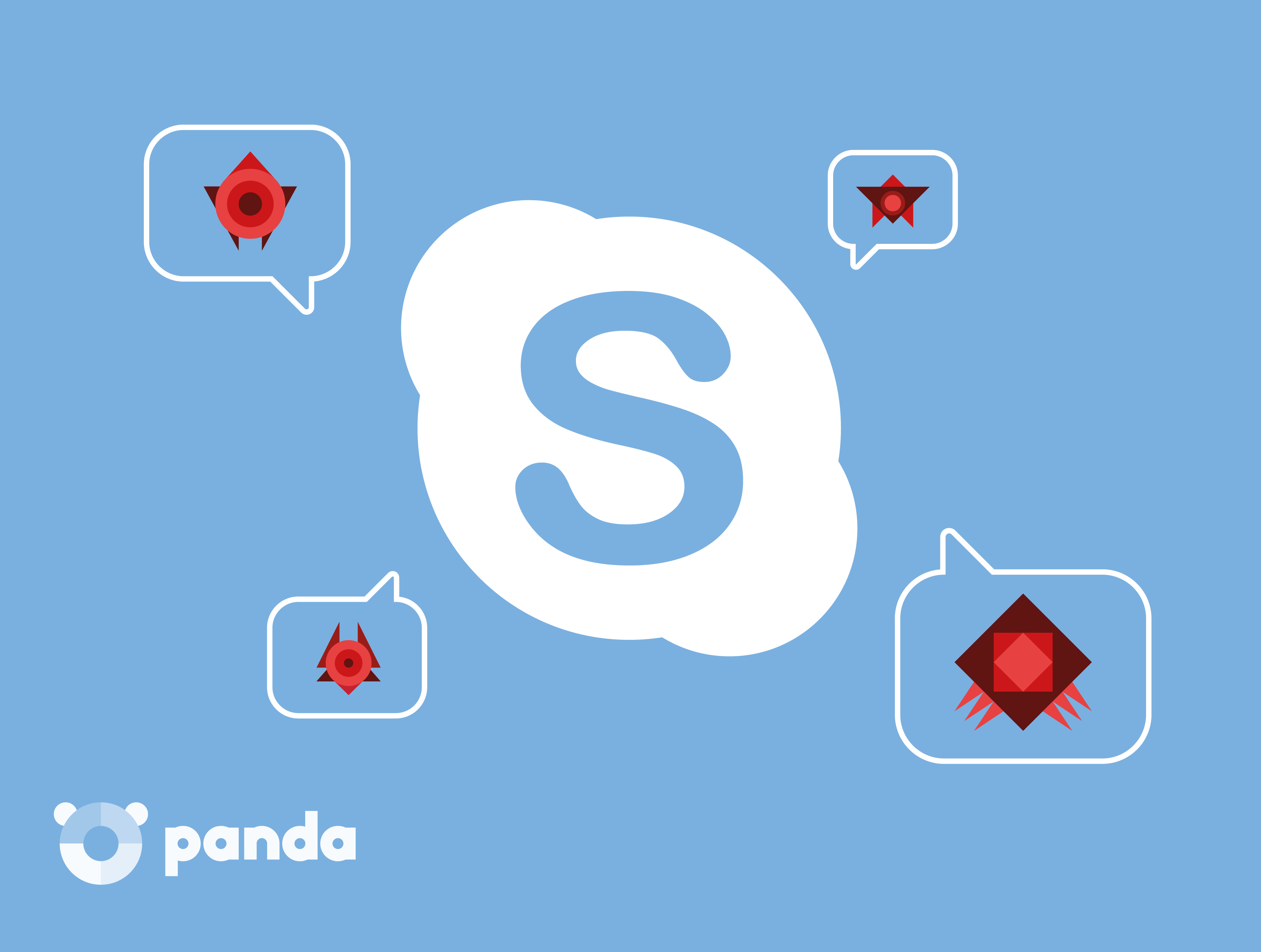| – According to a study by Panda Security, 67% of young people between 15 and 18 years old claim to have hacked IM or social network accounts of friends
– 20% confirm that they have sent compromising photos or videos of friends across the Internet or published them on social networks – 17% of adolescents claim to be able to find hacking tools on the Internet, and of these, some 32% say they have used them out of curiosity – “We should encourage young people to use the Internet as a channel for personal development, teaching them to use it in a healthy and responsible fashion. It is important to help them avoid participating in dubious activities which are made all the easier thanks to the anonymity afforded by the Web”, urges Luis Corrons, Technical Director of PandaLabs. |
According to a survey carried out by Panda Security1, more than half of adolescents between 15 and 18 years old use the Internet daily, spending, on average, 18.5 hours a week connected. The survey revealed that some 32% of this online activity is dedicated to studying, while the remaining 68% involves leisure activities, such as playing games online, watching videos, listening to music, chatting, etc.
While 63% of parents declared concern for the online security of their children, in particular relating to the threats to which they are exposed (contact with strangers, access to inappropriate content, etc.), none of them expressed among their main concerns the risk that their children could be involved in illicit activities on the Internet. However, some 67% of the young people surveyed admitted to having tried, on at least one occasion, to hack into friends’ instant messaging or social network accounts, etc.
Similarly, 20% confirmed that they had sent compromising photos of friends over the Internet or published them on the Web without prior consent. The survey also revealed a significant amount (17%) of adolescent users who claim to have advanced technical knowledge and are able to find hacking tools on the Internet. Of these, 30% claim to have used them on at least one occasion. When asked why, 86% said that curiosity had led them to investigate these public tools.
According to Luis Corrons, Technical Director of PandaLabs, “The advanced knowledge that many adolescents acquire through free tools and content available on the Web can often lead them into activities which are sometimes even illegal. We have found cases of teenagers using Trojans to spy on their partners, hacking school servers to see exam papers or even stealing the identity of friends or colleagues on social networks”.
While there are many initiatives aimed at educating and promoting awareness of threats on the Web, there are far less that focus on detecting and addressing illegal behavior.
“We should encourage young people to use the Internet as a channel for personal development, teaching them to use it in a healthy and responsible fashion. It is important to help them avoid participating in dubious activities which are made all the easier thanks to the anonymity afforded by the Web”, urges Corrons. “Even though the percentage is very low, we still come across too many cases of adolescent cyber-criminals, such as the recent high-profile case of the 16-year-old creator of worms for Twitter. We estimate that just 0.5% of these are detected by the corresponding authorities. Those who are drawn into hacking out of curiosity, may well end up discovering the financial potential of this activity, and becoming criminals themselves.”





